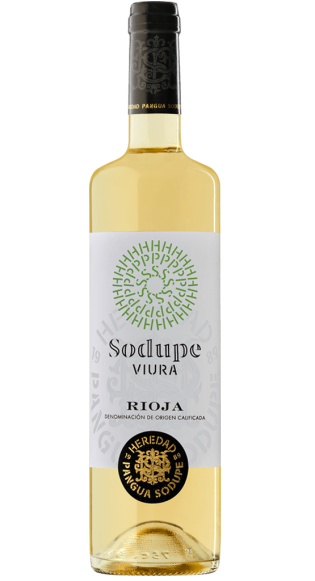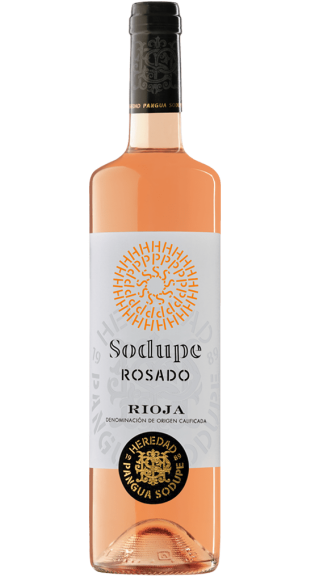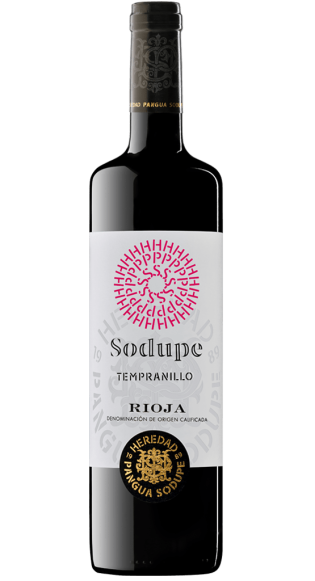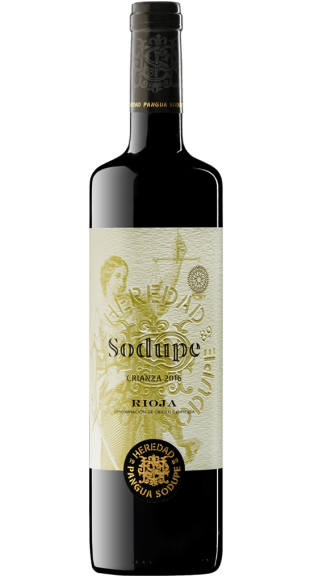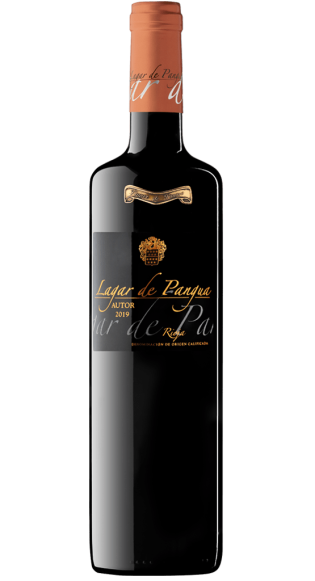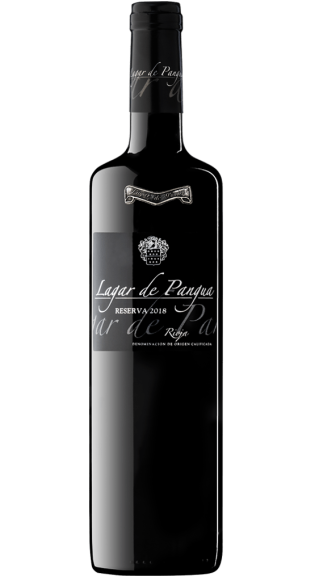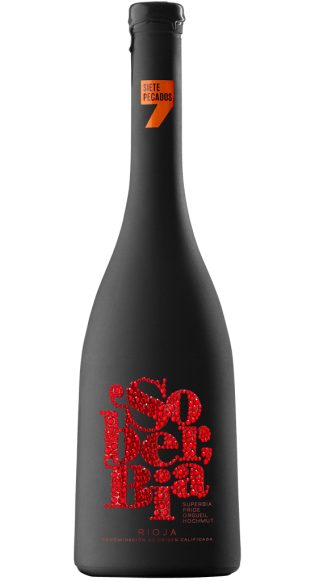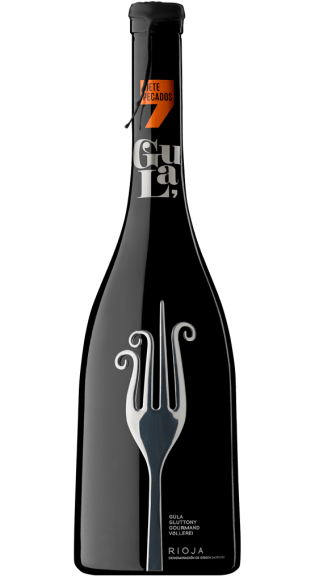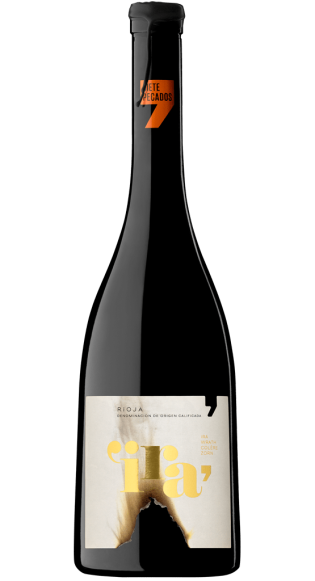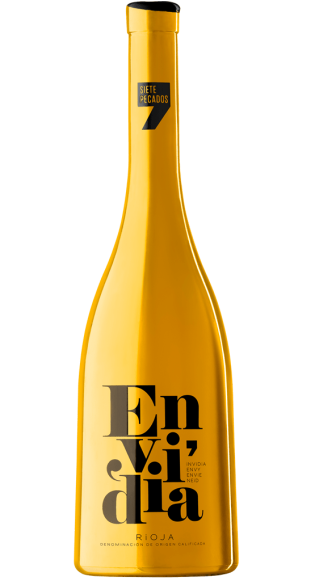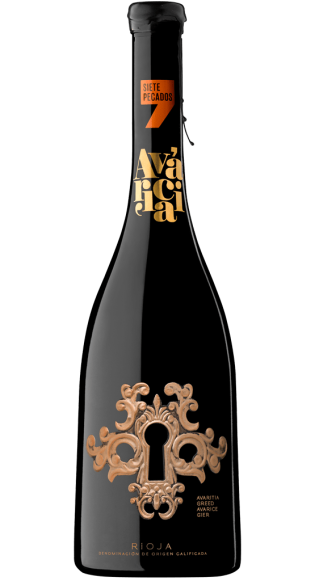F r o m s u c h v i n e s , s u c h w i n e s
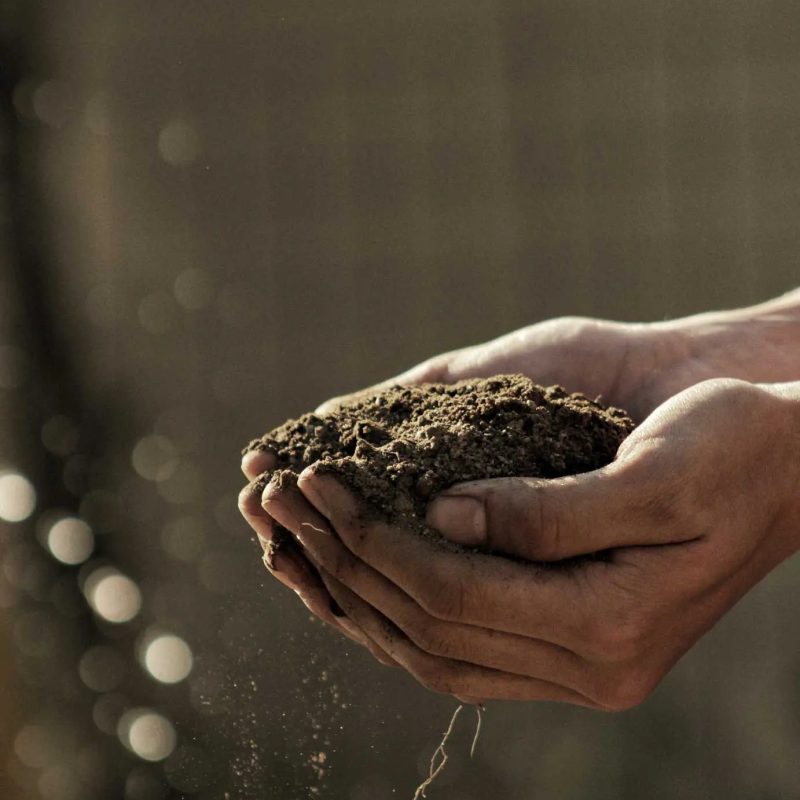
Taste is in the variety
S o i l s , v i n e y a r d s a n d g r a p e s

Currently, Roberto Pangua, together with his son Andrés Pangua Sodupe, work with 25 hectares of their own vineyards, an average of 45 years old, with 90% goblet-trained and 10% driven on a trellis, practicing sustainable and precision agriculture, respectful of nature, and abolishing the application of chemical fertilizers, herbicides and other compounds that can be harmful to the environment.
The terroir of the different plots that our family owns, mostly clay-calcareous, offers us wines with unique organoleptic qualities that are deeply rooted in the wine-growing area from which they come.
All this, together with a traditional production in the cellar, but with small innovative nuances, and the philosophy of paying attention to every detail, of its grapes and subsequent wines, from the weeping of the vine, to the last drop that fills the bottle, makes our wines capable of satisfying the most exquisite palates.
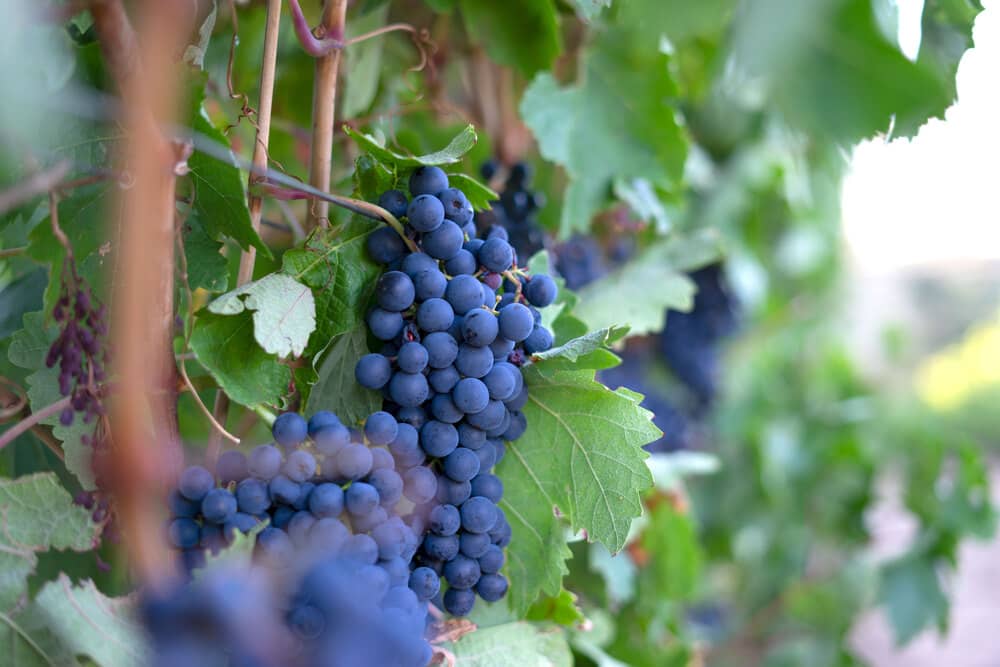
Our Region
O u r v i n e y a r d s
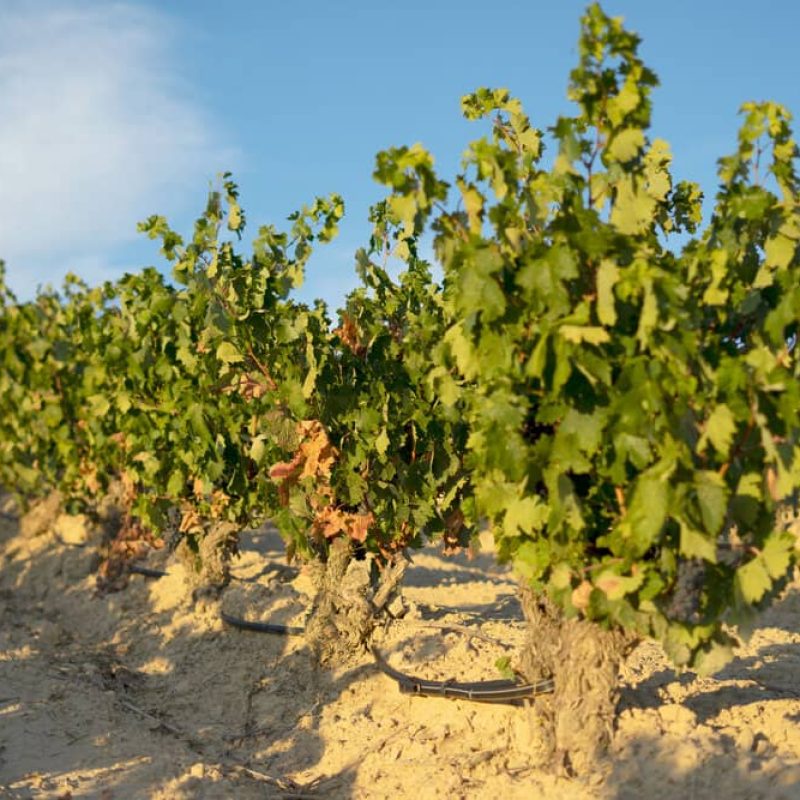
Located in the districts of San Asensio, Briones and San Vicente de la Sonsierra, we have 25 hectares of our own vineyards with an average age of 45 years.


L a R a d
This is a tempranillo estate situated in the municipal area of San Vicente de la Sonsierra, planted in 1955 at the foothills of the Toloño mountain. The clay-lime soil, with few nutrients, lowers the fertility of the vine, giving us one bunch per vine of small grapes and a high polyphenolic concentration.
Moreover, its exposure to the south means these grapes provide unctuosity, a sensation of volume, and even that appetising part that our Lagar de Pangua has.
L a s C a n t e r a s
This is an estate situated in the municipal area of Briones. Planted in the 1970s in clay-lime soil and, although its iron content is not particularly high, it is enough to make the soil more fertile, achieving an average of 1.7 bunches per tempranillo vine.
The estate is divided by a path, which marks the quality; the left side features a part with a slope, where the fertility of the vine doesn’t reach 1.2 bunches per vine. However, on the right side, which is flatter, we can achieve the aforementioned 1.7. Due to the soil and given that the estate is north-east facing, we know that the ripening of the grape is complex.
This is why, year after year, we prune the bunches, particularly in the flat part as on the slopes there are years where this is not required.
These grapes, mainly due to their exposure, give us a freshness and acidity in the vines, as well as the typical unctuosity of older vines.

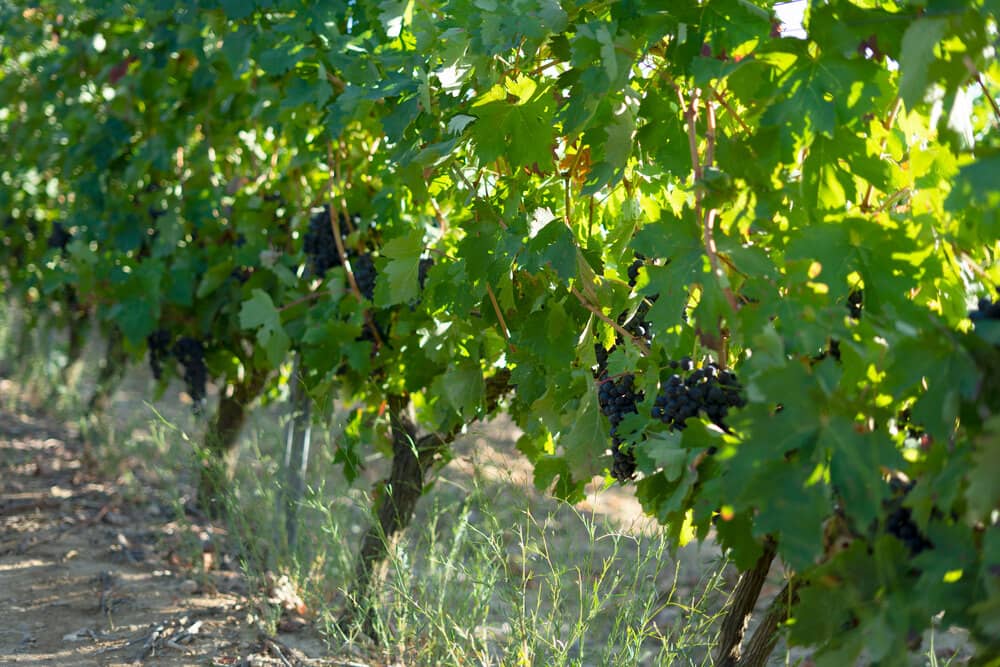
E l P o z o
El Pozo, is located in the municipality of Briones. Tempranillo grown in a glass, they are clayey lands, with around 10% limestone, which makes them fertile lands, in which the vine does not suffer, except in the last phase of maturation in which an early withering occurs. of the leaf, which leads to a very healthy over-ripening of the grape, achieving a high concentration of flavors and aromas in it.
E l E m p a r r a d o
Tempranillo estate, situated in the municipal area of Briones, just at the top of the town of San Asensio. The training system of the vegetative mass uses an arbour. The soil is clay-lime, in which we can find up to 17% limestone at the top. The vines suffer a high stress in this soil, both in the growth and ripening processes. However, due to their north-northwest exposure, we get a fresh grape, which is able to provide enough acidity and offer us a great balance on the mid-palate.


E n c i m a d e l O j o
A tempranillo vineyard which is more than 70 years old, and goblet trained (or bush vines). Bordering El Emparrao, in these soils, with a high limestone content and the same exposure, the main difference is the training. From our point of view, and although the goblet training system is infinitely more convenient to work with, with this experience of having two neighbouring estates we can see after several years that the vine without an arbour adapts much better to give us an exceptional balance on the grape, both in terms of organoleptic properties, and in sugars, acidity, polyphenolic compounds, etc. (mainly due to its strength). This balance on the grape is due to the balance of the vine. The goblet trained vine is much more balanced, with a more controlled strength. Furthermore, the exposed leaf surface reaches 10% more than the vines trained using a trellis or arbour.
L a s H u é r f a n a s
Situated in San Asensio, this estate is divided into two parts, the left side gives us incredible tempranillo grapes and the right side gives us an admirable viura grape. A typical estate of the Rioja-Alta area planted around the 1960s. Situated on one of the terraces near to the Ebro river, east-facing, the land is notable for its sand in the top area and clay at the bottom. It is characterised for being a poor land, with a high drainage power, making the root absorption a challenge, it creates a high water stress on the vines from September, giving us a very balanced grape, with numerous aromas and flavours.
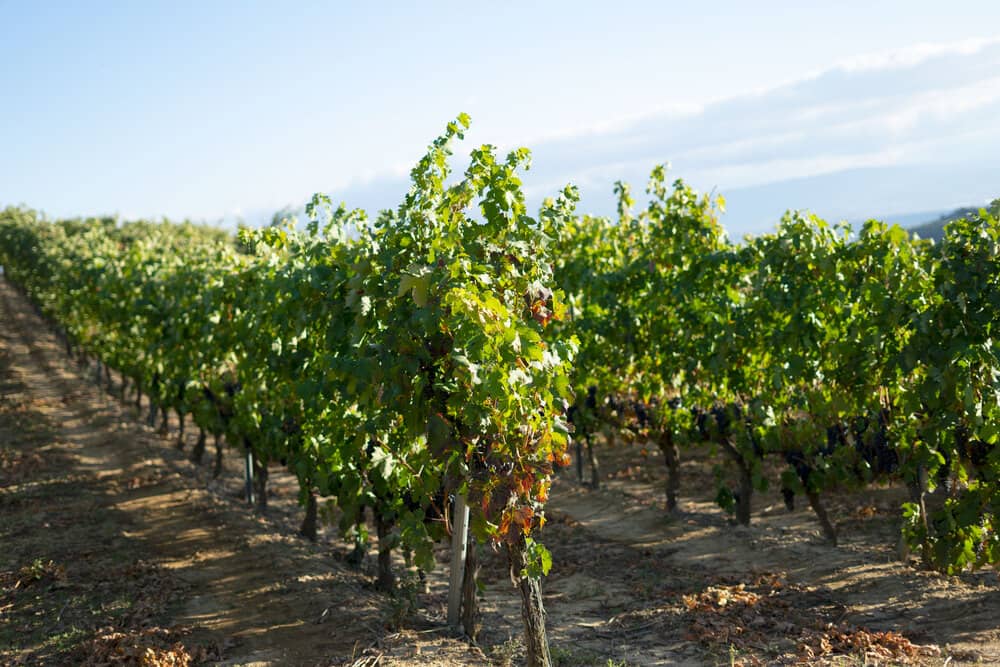
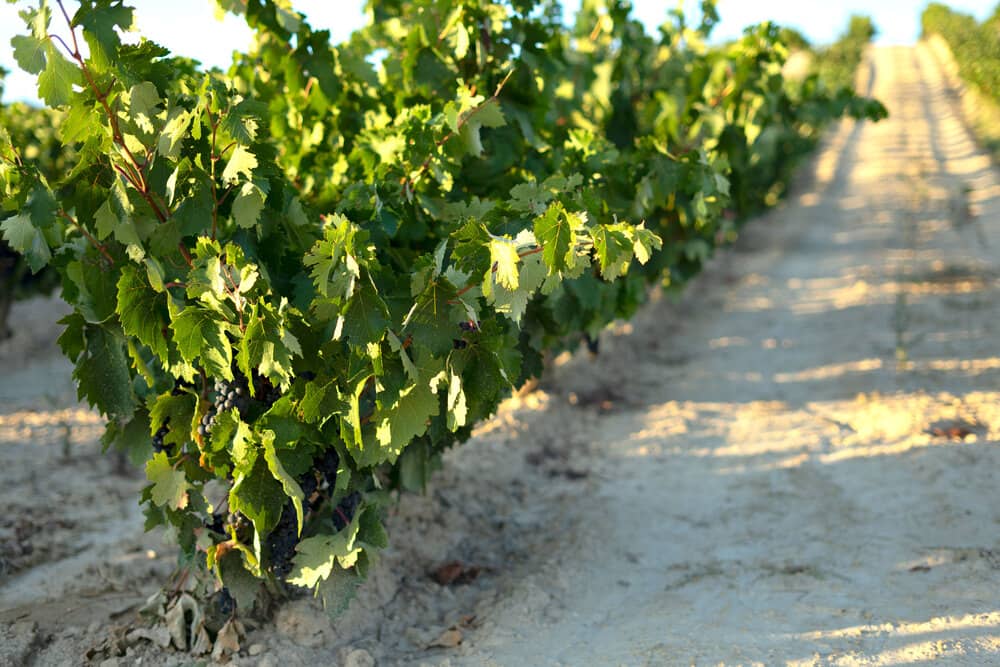
E l C a m i n o d e S a n t o D o m i n g o
A tempranillo situated at the upper part of the winery, an east-facing estate, with clay-lime soil with vines which are more than 38 years old. It produces medium sized grapes and an average quantity due to the fertility of the land, thinning takes place in August so that the grape ripens properly.
C a m p o s s a l v o s
High quality tempranillo estate, with a fertility which has been corrected over the years via severe pruning, we have achieved one bunch per vine. It is situated on a south-facing terrace, the soil is clay-lime and it contains pebbles which produces an increased leaching. It produces grapes which are smaller than one and a half centimetres in diameter and we manage to loosen the bunches by carrying out early leaf thinning. The perfect grape for making long-ageing wines.

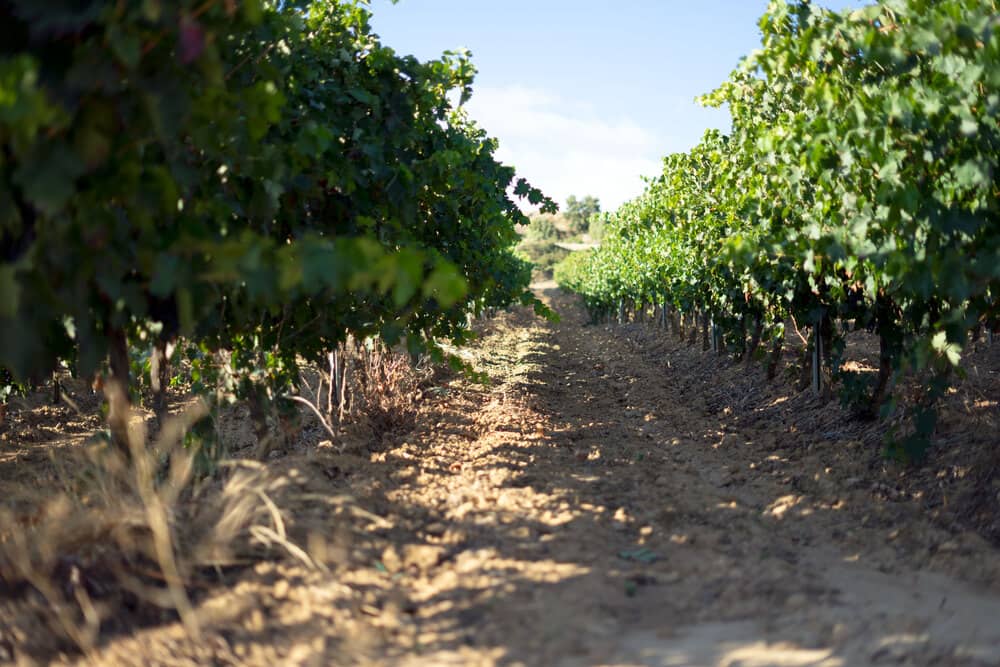
S i e t e E s q u i n a s
Tempranillo vineyard, east-facing, with fertile soils where the vigour of the vine must be controlled. We get grapes with a high acidity, adding freshness to the wine, perfect grapes for making a coupage and achieving balance in the wines.
L a B u r r a
A medium-production vineyard, coupages with tempranillos since these grapes are characterised for providing fruity aromas and flavours. The vine uses a trellis training system, it is an extremely vigorous vine despite being grown in a low fertility soil.


L o s C u a d r o s
Small tempranillo vineyard whose training system is via a trellis. Planted in 1991, it is still young and hasn’t yet reached that age that allows the vine to self-regulate and balance, which make the grapes the same quality. However, it is true that, with the techniques that we apply at our winery, we aim for the production to be equal year after year, achieving a balance in the growth of the vineyard which moves it to a phase of correct maturation.
L a L a d e r i t a
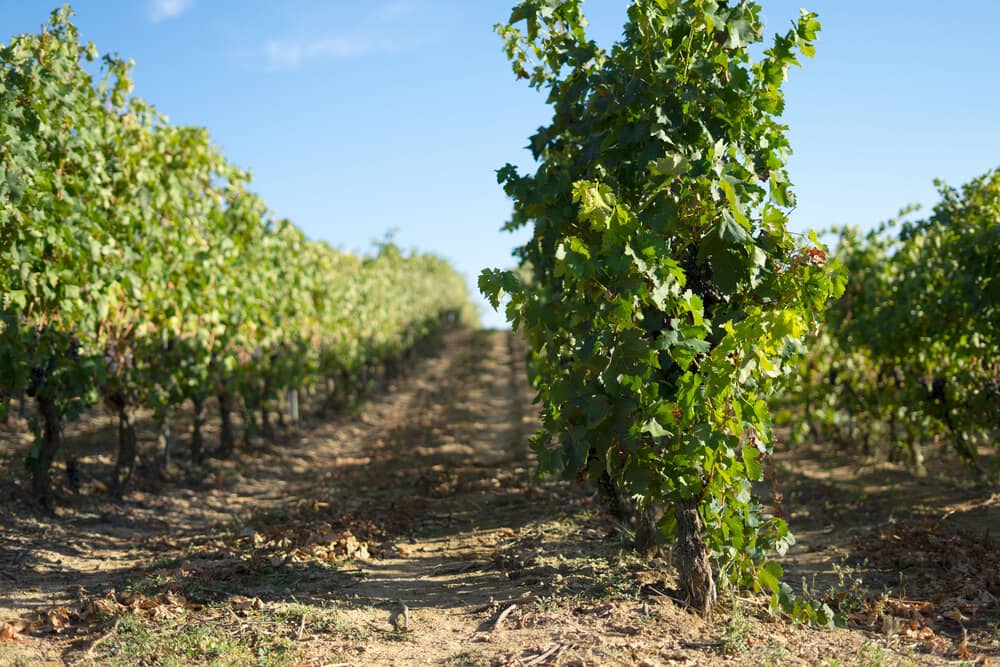

E l P o b l a z o
Planted in 1965, with a layout of 2.20 m by 1.10 m in a clay-lime terroir and north-facing, this is a vine with deep roots, without trained vegetation. These characteristics give us an unctuous, yet fresh, wine, with a balanced pH. The results are wines that are very balanced on the palate, and hardly require any intervention in the winery.
E l C a r r i z o
Planted in 1965, this vineyard is similar to Poblazo, same orientation, similar terroir and same planting layout. Barely 100 metres separates both of these vineyards.


L a A t a l a y a
Small vineyard stretching 1900 metres, situated on one of the hillsides that surround the town of San Asensio. The vineyard was planted in 1960 which, together with the exposure of the vineyard, gives us grapes with a high sugar content and a freshness which is lower than the north-facing grapes.
E l H o y o
Planted in San Vicente de la Sonsierra in 2002 in the village of Mindiarte, it provides an unctuous grape thanks to its eastern exposure, with a high sugar content. As a result of the winds from the north, the vegetation had to be guided, so it takes a few more days for it to ripen compared to the other vineyards of the area.


L a s T i r a s
Estate situated in Briones which is north-facing and provides a freshness to the wine. Since the vegetation is trained, the sugar content is not as high as in those of free vegetation, providing a wine which is easy to drink.
L a L i e n d e
Estate situated just 40 metres from the Ebro river, with a north-west exposure and a slope greater than 15%. The ground is formed by pebbles and sand, which gives the grape a very interesting mineral touch, producing wood-aged wines.


S a n t a M a r í a
Situated in San Vicente de la Sonsierra at the foothills of Monte Toloño we find this south-facing vineyard which provides us with grapes that have a high sugar content. This gives the wine an unctuosity in the attack and an appetising tannin, giving the wine a long finish.
S a n t a T o r n e a
Vineyard situated in San Vicente de la Sonsierra at the foot of Mount Cantabria, it is in a mountainous area situated in the upper part of a valley. The terroir which characterises this vineyard is sandy with a depth of 40 cm to the rock. This means that the plant is not too vigorous, giving us small grapes which, together with the exposure, means that they turn honey-coloured at harvest time.
The grape has a high sugar content, although this does not prevent both the freshness and pH from being balanced, which helps us to assemble the sweet part of the wine with the velvety tannins that it provides.


M i n d i a r t e
Vineyard situated on the terraces of the Ebro river, planted in 1991 in San Vicente de la Sonsierra. Despite its youth, barely 30 years in age, this vineyard has unique characteristics in terms of being north facing and its poor terroir. It gives us small grapes which are very balanced in terms of the quantity of sugars, pH, acidity or tannin charge and quality. The perfect grapes for making a long-ageing wine. In other words, ‘reservas’ which are sold in their third or fourth year. Its roasted and spiced aromas add a pleasant touch.
E l Z u r b a l
Vineyard situated on the edge of Briones, just a few metres from the neighbourhood of wineries of San Asensio. It has clay-iron soil, provides large grapes with a medium sugar content, with a balanced acidity and a flavourful tannin.


